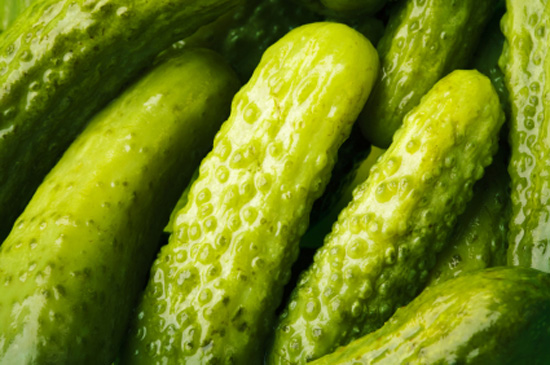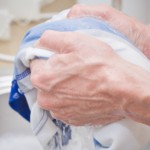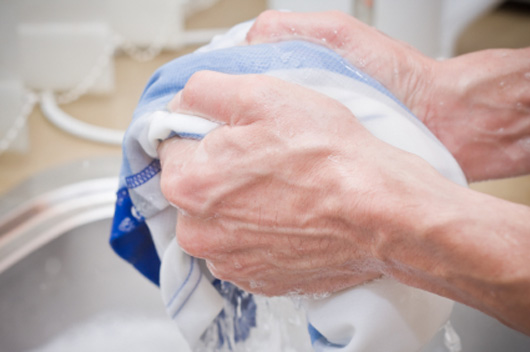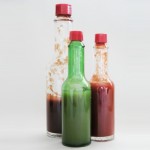
Pickles make the perfect side dish for a number of main courses. Sometimes there is nothing more enjoyable than these crunchy little delights. Pickles are great as you can eat them whole or cut them up and put them on a burger or sandwich. But these tasty treats can leave a nasty stain when pickle juice is dropped unknowingly onto your clothes. Doing so can leave you with a green mess that just doesn’t want to come out. But fear not, there is a solution.
Pickle stains can be a pain in the neck, but by following these tips you will be able to get your cloths as clean as new:
• Rinse the stain: The first thing you want to do is to rinse the stain thoroughly with cold water. Run it under the water for a good five minutes or so and then let it sit for about twenty minutes.
• Soak the stain: Next mix a bucket of warm water with some regular clothes detergent and after agitating up the water soak the garment in it for a few hours. If you want to you can leave it in overnight as the longer it soaks the easier it should be to remove the stain.
• Pre-treat: When you are done soaking the garment take it out of the soaped up solution and wring it out. Then go to the stained area and sprinkle on some powdered laundry detergent. Get a brush and gently scrub the stain in a circular motion for about five minutes. You can also go with a number of expensive stain pre-treaters that they sell at the department stores but these days it is wise to save money wherever you can.
• Soak again: Mix the same warm water and detergent solution that you did before and again let the garment soak for a while. This time it is not necessary to leave it in over night, but you should let it soak for at least a few hours.
• Wash the stain: Take the garment out of the soak mix and wring it out again. Now you need only put the garment in your washing machine as you normally would and put it through a normal wash cycle. You should try to use the hottest water allowable by the garment.
• Dry the garment: Once the garment is washed remove it from the rest of the load and do not dry it in the clothes dryer. Instead let it hang up to air dry so that you can be sure that the pickle stain is completely gone.
• Repeat if you have to: If the stain remains you will have to repeat the process another time or two. While pickle stains are more common than you may think, they aren’t the hardest stains to get rid of and are usually removed within the first couple of applications.
As you can see removing pickle stains really isn’t that tough, so feel free to enjoy as many pickles as you like and don’t fear the occasional stain.




